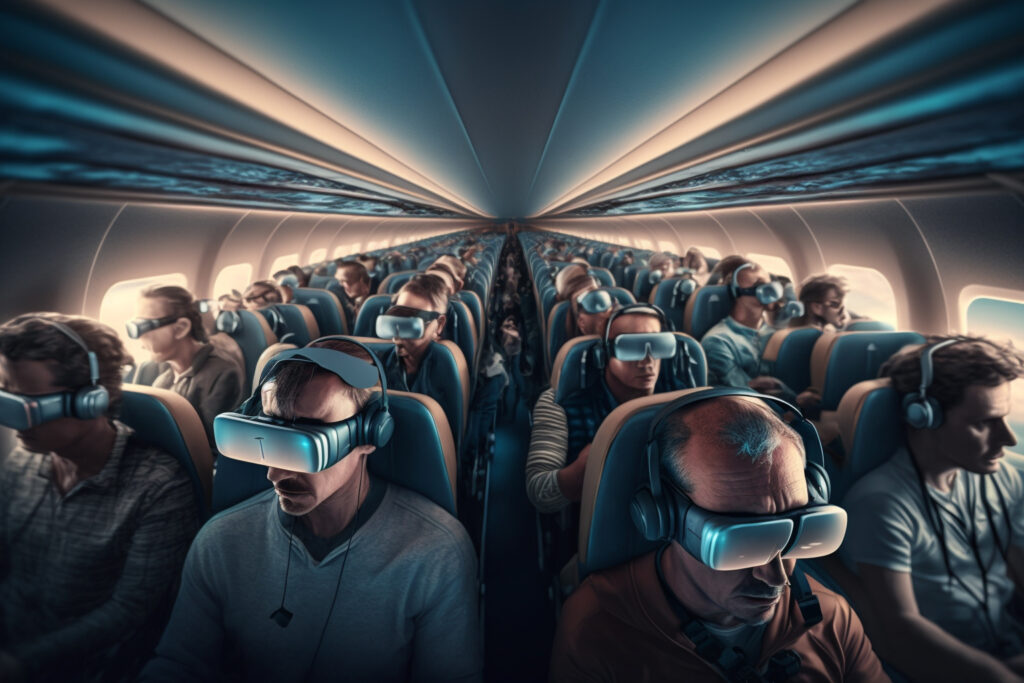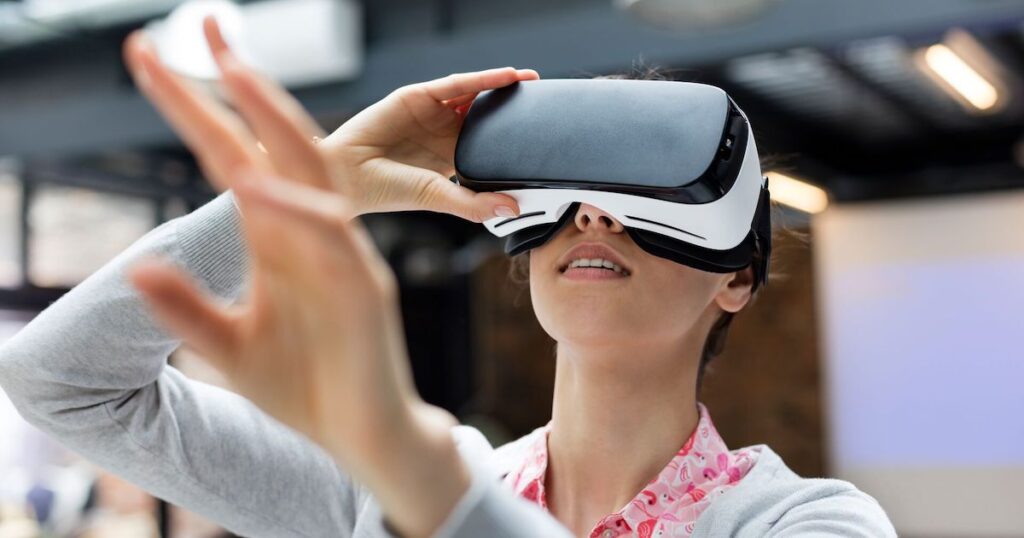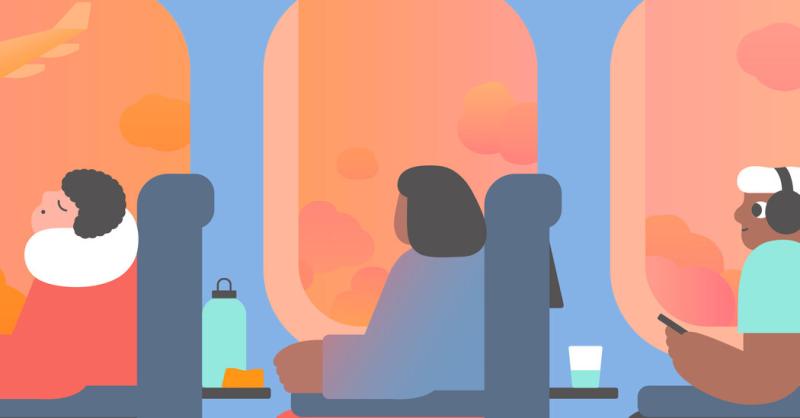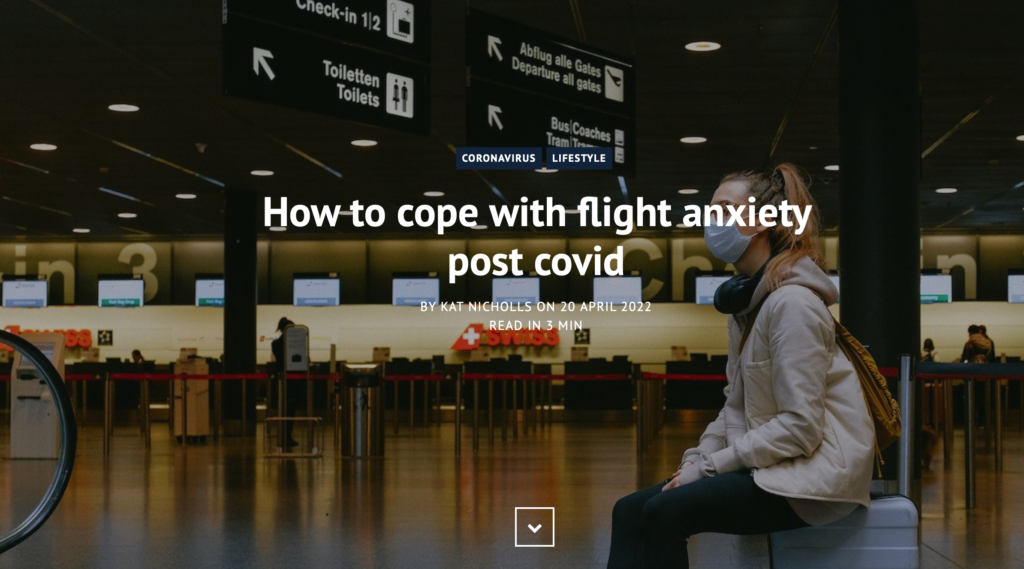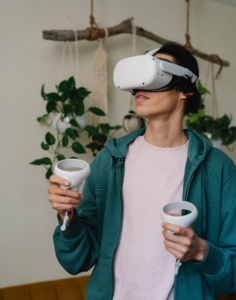We all know how upsetting it can be to be scared of someone or something. In fact, one La Jolla man says his fear was affecting his job and life. So, he decided to take control and fought his fear in a way that very few people have done.
“I would become very anxious, light headed, lots of perspiration,” said Ronald Davidson. “I thought I was going to pass out I was some nervous. People are going to think i’m crazy. How am I going to explain this?”
Fears of flying, spiders and heights. Most of us are afraid of something, but when our fear becomes overwhelming it can paralyze us and change the way we live our everyday lives.
“I’ve been in the middle of a speech and was almost so disabled by anxiety. I was almost not able to carry on.”
Davidson’s fear of public speaking affected his ability to do his job, and his confidence in life.
“I’ve had a couple of times where I thought I was going to pass out. I was so nervous it’s not a good feeling.”
“Phobias are the number one mental illness, even more common than depression. But they’re also the most treatable mental illness,” Doctor Brenda Wiederhold.
Psychologists today treat phobia by having their patients imagine what they’re afraid of then they jump straight into real life situations. But a medical center in Sorrento Valley has virtually opened a door to a new world of therapy.
“What we’re able to do with the VR is to take more systematic baby steps. Because you don’t want the person to feel some anxiety… you don’t want to overwhelm them. That can actually make them avoid even more.”
The therapist controls the environment and monitors the patient’s heart rate, breathing and mind activity.
“They’re actually feeling the vibrations, they’re hearing the sounds they’re seeing the visuals so all of their senses are stimulated.” said Wiederhold.
“I’m fairly skeptical so if it works with me it’ll work with anybody,” said Davidson.
The future of VR is virtually limitless. Right now they are treating people with eating disorders, ADHD and anger management. And some therapists are even experimenting with treating schizophrenia.
“You put them in the Virtual world to make them understand that those voices are just in the virtual world and you get them to slowly change their reality,” said Wiederhold.
Virtual therapy is in its beginning stages, but it has helped at least one patient with his fear of public speaking and changed his life.
“It helps you in so many other ways when you gain self confidence. You faced something that you found very fearful and you know I probably could have gotten through the rest of my life with out doing this… I could have skated around it, I have in the past. But it feels so good for a change to confront it and to over come it.”
For more information on Ron’s story, click here.
